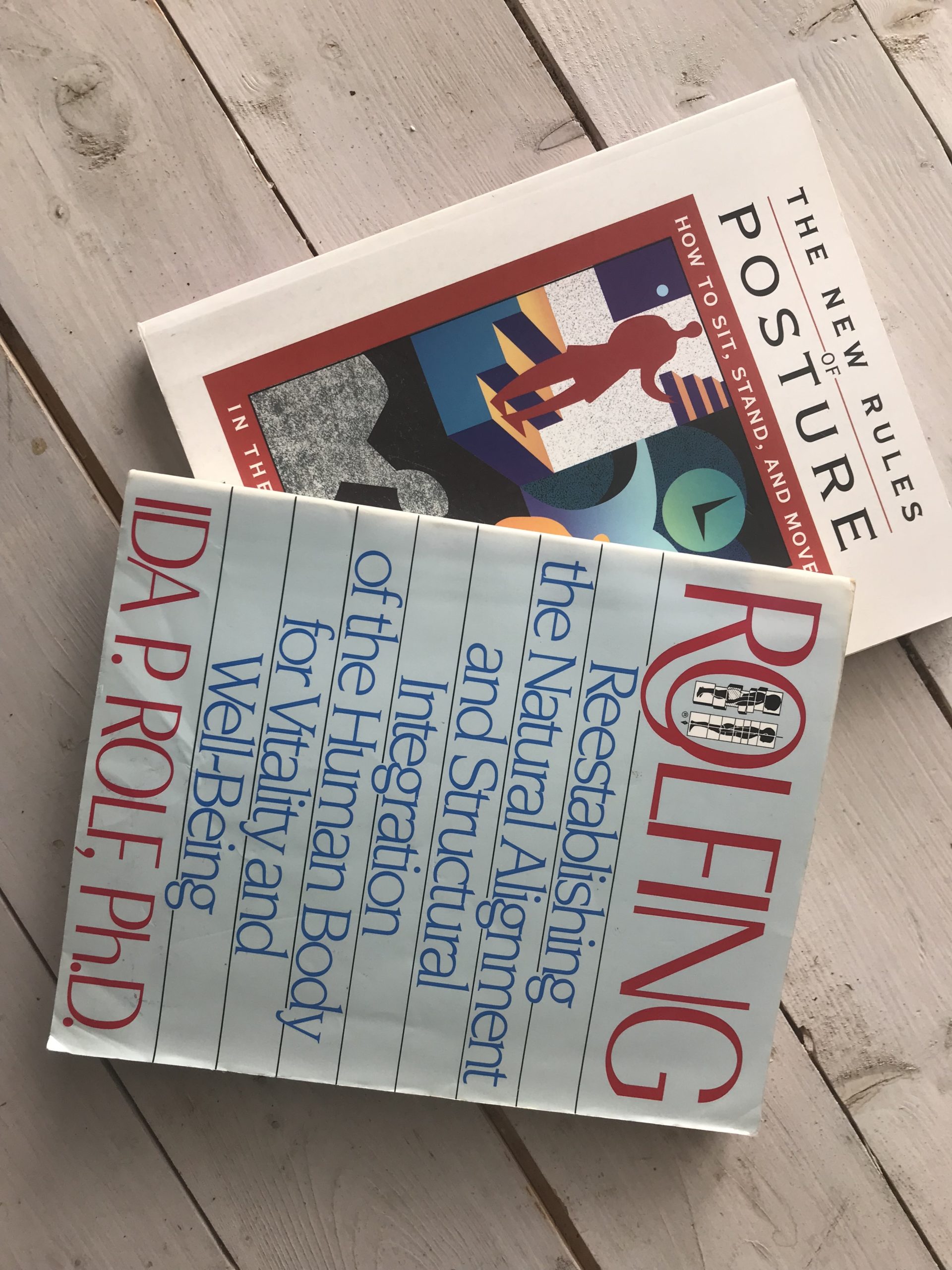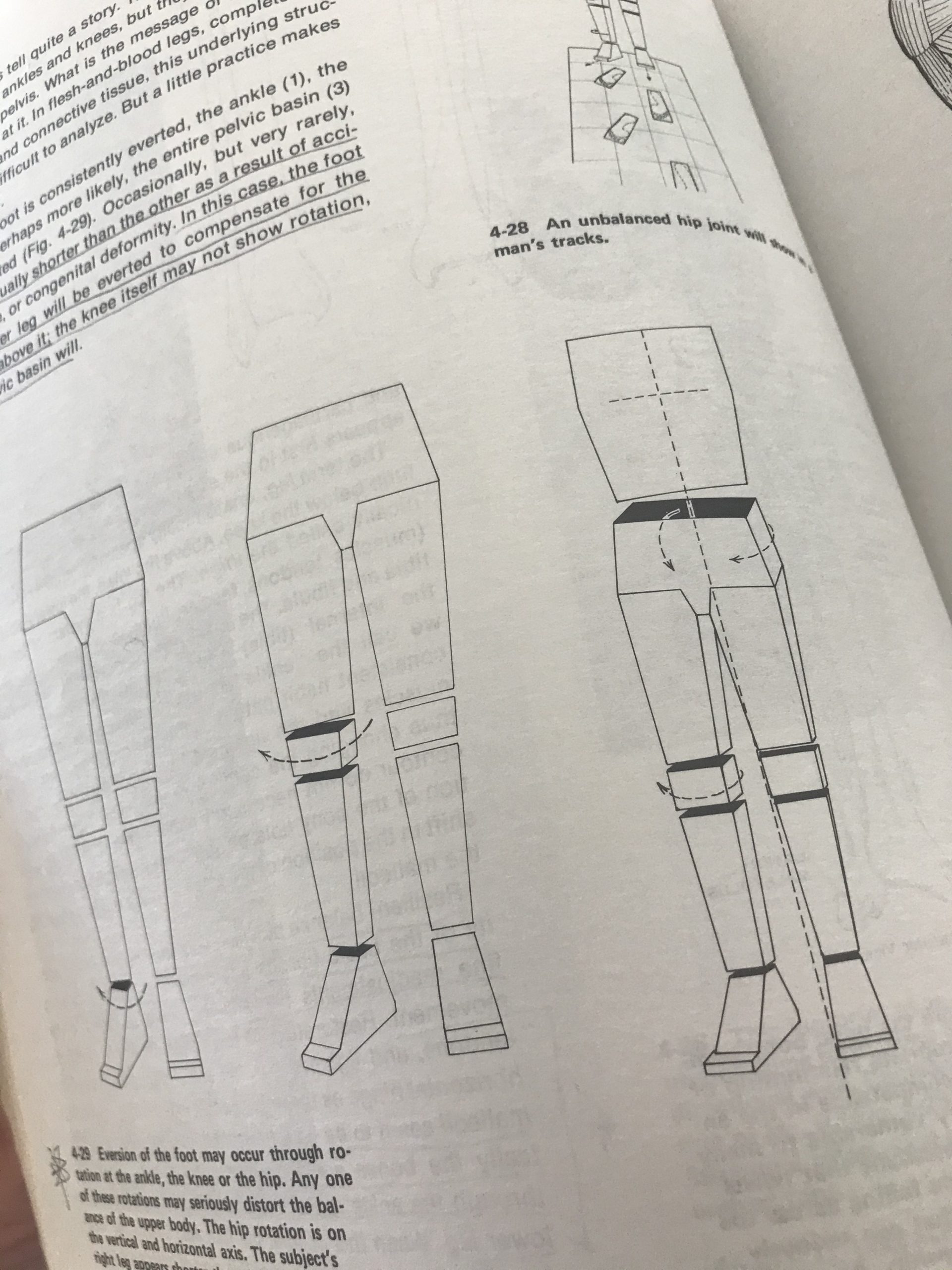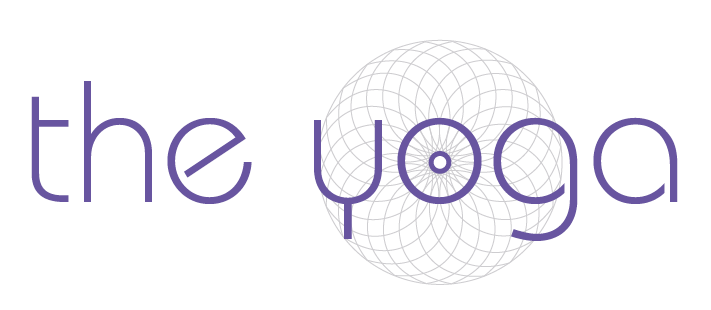


If I penguin walk what’s the problem if I’m happy? Firstly ofcourse you can and should stand exactly as you want. There is comfort in our habits and sometimes what someone else might consider a bad habit might protect you really well in some way. Secondly changing our posture is quite a refined process. When you move outside of your patterns and your normal ‘inner hearing’ changes. So you while you may listen carefully you may also miss important messages. But yes, if you toes point out and you want to live a healthy long life and feel good I think it’s a good idea to explore other options.
Rolfing is a deep form of massage that realigns the body. It helps to re-establish natural alignment within the body to bring better vitality and wellbeing. The basis is gravity. Gravity presses down on us and when our bodies are well alignment the forces of gravity travel smoothly through the body causing least damage to the joints. Working with gravity also creates most ease of movement and this translates to ease within daily life both physically and emotionally.
‘only by bringing peace from the ground up’ can problems higher be ‘under-stood’.
In Rolfing the feet are considered the place to start, being the lowest building blocks that we stand on. You can see the body as a stack of bricks, placed well they are robust and strong, placing precariously then precariously makes the whole system fragile like a teetring tower of jenga blocks. Rolfers tend to work from the ground up, this is often used in yoga teaching as well. I have loved the concepts of rolfing and tried to gently bring some of the directions into my classes.
I love Ida’s analogy of car tyres. If a car had its front wheels angled out the car would find moving forward very difficult. Can you imagine a car trying to get out of mud with outwards facing front tyres, it just wouldn’t make it. Her suggestion is that knees and feet are the same and that people need a parallel moving legs and feet so that the movement of the whole person can be straight forwards.
Another issue is of long term use. When out joints don’t stack neatly there is more wear and tear: every ‘turn erodes the axis’. This is the longer term issue of creating an imbalance within the knee that in time wears the knee joint out and creates an imbalance of leg muscles that further increases the imbalance.
Of course, we are significantly more than a pair of well-placed feet. Even If you could tell everything from our feet, they are complex in themselves. And yes, the feet are not just inverted (toes in), everted (toes out) or balanced. There are arches than can drop, be healthy or tense. Feet can walk out on the outer edges, roll in onto the inside edge. They can be hard and fail to move or weak an unable to cope with changes underfoot.
You get the picture – its complex. This is why it is ideal to work with someone with some experience in this field to support you through this process, and don’t think of your posture and alignment as a quick fix – it’s a life-long practice of finding ease, efficiency and freedom.
While I love rolfing with its universal rules of good harmonious working: do this, this and this and all will be well. I also love freedom. Freedom to explore, choose and feel. So in good Susannah style I stand with a foot in each camp. Always the devil’s advocate, never settled. I like the good practice, guidelines, working towards a universal harmony – and I enjoy breaking the rules. I like to let my body do its own thing, let it be free like an innocent child. Let it make weird shapes and fly. This is very Angela Farmer and Victor Van Kooten. They have a
lovely way, which is ‘here how it feels good, great, amazing for me’ – try it, change it, find your way. They are the yoga teachers that other yoga teachers fear. They throw out the rules in favour of personal integrity and truth. They say do what you want, join in or don’t, do what we say, or ignore us. Do it your way.
Rules can be tight and lifeless. Number 1 survive, Number 2 thrive. Once we’ve managed survival we need to be alive, to feel alive. So if the rules shut you down walk by. If the rules give you more strength and freedom – enjoy!
I tend to think of it as inverted toes showing a need to be smaller, and everted toes showing the desire or need to be bigger than we are. Pigeon toes, inverting so the toes are pointing towards each other make us appear more childlike and diminutive, we appear more submissive and less challenging. This is very helpful in some situations. Toes wide tends to suggest a need to be bigger, stronger. We can appear more confident, more dominant – and this can be very helpful too. The problem is only when we get stuck in a pattern that is unhelpful. Ofcourse you may walk your toes wide and be very submissive, and vice versa. You may need to delve deep to find the part of you that wants to be more than you are. You may find that you lack stability and that standing toes wide gives you a more solid base, or it may all be a load of baloney for you. Our bodies are not all that we are.
Thinking about appropriacy is important. If you are in a kitchen working, toes pointed slightly out with knees tracking over them, this is great so you can move from side to chop, fry and sprinkle. If you are needing to assert your authority and seem bigger than you are, stand wide. But if you’re standing, walking, running I’d suggest moving towards a straightforward action. And that straight forward action might just translate into how you direct your life, wouldn’t that be great!
Yes, if you have the tenacity and kindness, I really do think feet facing forwards is better.

It is very difficult to read other people’s e-mails on the computer without knowing the password. But even though Gmail has high security, people know how to secretly hack into Gmail account. We will share some articles about cracking Gmail, hacking any Gmail account secretly without knowing a word.
At present, remote control software is mainly used in the office field, with basic functions such as remote file transfer and document modification.
atorvastatin 80mg usa order generic atorvastatin 40mg oral lipitor 10mg
cheap cipro – purchase cephalexin for sale buy augmentin 625mg sale
buy ciprofloxacin 1000mg sale – generic augmentin 1000mg buy augmentin 625mg online cheap
brand ciprofloxacin – chloromycetin pill erythromycin 500mg cheap
buy metronidazole 400mg online cheap – order cleocin generic purchase zithromax generic
ivermectin 6mg online – buy cefuroxime 250mg online cheap sumycin without prescription
valacyclovir online buy – purchase valtrex generic buy zovirax 800mg online
buy acillin buy penicillin pills order amoxil for sale
how to get flagyl without a prescription – cheap amoxicillin online how to buy zithromax
buy furosemide – order furosemide 100mg generic captopril for sale
brand glycomet – order combivir sale buy lincocin 500 mg sale
purchase zidovudine sale – zyloprim sale buy allopurinol 100mg for sale
order clozapine 50mg sale – order ramipril 5mg generic pepcid drug
seroquel price – quetiapine sale cheap eskalith pills
anafranil 50mg cost – order sinequan 25mg pills buy sinequan paypal
buy atarax 10mg online cheap – order fluoxetine 20mg pill order endep 10mg sale
buy augmentin 375mg generic – order amoxiclav generic buy generic ciprofloxacin 1000mg
buy amoxil pills – ceftin 500mg generic buy cheap baycip
generic azithromycin – brand zithromax buy ciprofloxacin 500mg without prescription
purchase cleocin – purchase cefixime pills chloramphenicol buy online
ivermectina online – eryc 250mg drug cefaclor 250mg tablet
ventolin 4mg drug – order allegra 120mg generic buy generic theophylline
medrol 4 mg without prescription – medrol 8mg without a doctor prescription astelin 10 ml generic
Thank you for your sharing. I am worried that I lack creative ideas. It is your article that makes me full of hope. Thank you. But, I have a question, can you help me?
buy clarinex 5mg – flixotide cost ventolin inhalator uk
buy micronase paypal – glipizide 10mg cost order dapagliflozin 10 mg online cheap
purchase metformin pill – order losartan 50mg without prescription buy precose 50mg generic
buy prandin generic – order prandin 1mg generic jardiance 25mg sale
rybelsus 14 mg for sale – buy semaglutide DDAVP
terbinafine where to buy – buy fulvicin 250 mg generic purchase griseofulvin for sale